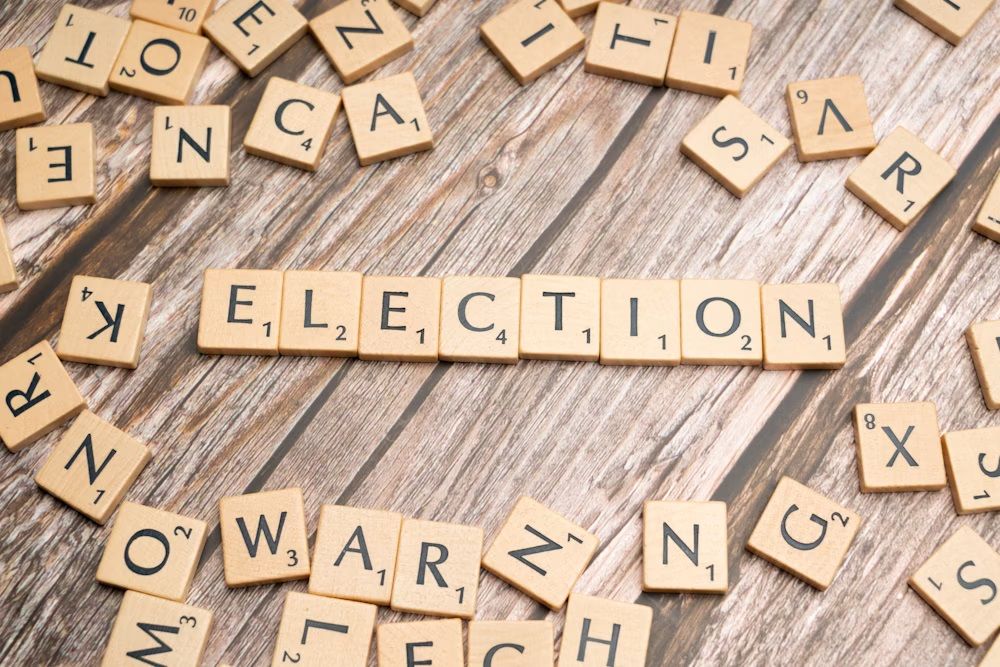
As the people of Jammu & Kashmir today go about exercising their franchise in the last phase of polling ahead of the counting of votes and announcement of results exactly a week later on October 8, I am reminded of the words of former United States President Bill Clinton, of all people.
Clinton, now 78 years old but still in very good health, had once described Kashmir as the most dangerous place on earth. While in the Oval Office, he was very apprehensive that Kashmir, sandwiched between India and Pakistan in the Himalayas, might trigger yet another war between the nuclear-armed neighbours. He knew that India and Pakistan had fought three full-fledged wars over Kashmir since independence from British colonial rule in 1947, and he dreaded the possibility of a fourth given the perpetually strained relations between Islamabad and New Delhi.
But today Prime Minister Narendra Modi has an altogether different kind of war on his hands in J&K. One can loosely call it the battle of the ballot. The moot question is: Can Modi rediscover his lost charisma as India’s biggest vote-catcher across the political spectrum by delivering India’s only Muslim-majority region to the Hindu-first Bharatiya Janata Party to recompense for its stunning loss of majority in Parliament under his charge?
It appears to be a tall order to me, although installing a Hindu Chief Minister in J&K is a long-cherished goal of the Sangh Parivar for as long as anyone can remember. The central government is in the dock for blatantly manipulating the Election Commission of India and other state institutions to create favourable conditions for the BJP to triumph in the historic elections being held after 10 years. But the odds are still against the realisation of the Hindutva dream as the vast majority of ordinary Kashmiris badly resent the loss of special status and statehood, not to speak of the repression and suppression after Article 370 was scrapped in August 2019, and are most likely to express their anger through the ballot.
The BJP’s hope hinges on the addition of up to a million mostly Hindu voters to the electoral roll, redrawing of constituencies, seven more seats in the regional Assembly and the reservation of as many as nine seats for groups likely to back the BJP; all this could give the BJP a fighting chance of becoming the biggest party in the 90-seat legislature. A BJP victory, if it somehow materialises, will serve two purposes. It will vindicate and boost the party’s Hindu-first agenda to dominate Indian politics. It will also consolidate India's claim over the disputed territory on the global stage. And, above all, it will give altogether new life to the political-electoral slogan “Modi hai to mumkin hai”, or nothing is impossible for Modi!
Importantly, Modi is absolutely confident of a BJP victory in J&K. During his last election rally on September 28, he publicly announced in Jammu’s MAM Stadium that the BJP would form the government after October 8. He even characterised the upcoming BJP rule as “governance free of corruption, terrorism and separatism”. The gist of his assertion was that no power on earth can stop the BJP from taking charge of J&K after the elections.
Remarkably enough, Modi is the first Indian PM to crow over his party’s prospects in J&K. All his three immediate predecessors — Manmohan Singh, Atal Bihari Vajpayee and PV Narasimha Rao — spoke very differently while electioneering in the border state. All of them would unequivocally say in their poll speeches that it didn’t matter which party won and formed the government in J&K, as the elections themselves are a victory of Indian democracy in J&K regardless of who wins or loses. These statesmen made it a point to rise above petty politics to send a clear message that India is united and not divided — at least when it comes to J&K. They took a nationalist stand obviously to deter Pakistan which has a long history of meddling in J&K.
Modi is the only Indian PM during J&K’s 35 years long battle against Pakistan-sponsored terrorism to put the BJP above the nation. Elections were held in the midst of terrorism in 1996. Rao was then the PM, and the legislative assembly elections in J&K were held just before the Lok Sabha elections that year. Rao stood to gain a lot nationally by swearing in a Congress CM in J&K. But he let Farooq Abdullah become the CM, instead of installing a Congress CM, as he was the strongest bulwark against Pakistan’s nefarious designs. Rao had meticulously consulted Vajpayee, Lal Krishna Advani and Murli Manohar Joshi, and the trio endorsed Abdullah. Similarly, in 2002, Vajpayee put the nation above the BJP in J&K. Even while electioneering he said that J&K shouldn’t be seen through the narrow lens of political parties. When the National Conference, then a constituent of Vajpayee’s BJP-led National Democratic Alliance, lost, Vajpayee did not try to obstruct the formation of a Congress Party-People’s Democratic Party government. He didn’t resort to horse-trading. Between 2002 and 2005, Mufti Mohammed Sayeed headed the best government in J&K in four decades. During his rule, Kashmiris began to regain their faith in New Delhi. But all those gains were undone during Ghulam Nabi Azad’s stewardship from 2005 to 2008 for no fault of Manmohan Singh’s.
As J&K stands on the cusp of history, all eyes are naturally on Modi who threw his heart and soul into the BJP’s election campaign. If the BJP does somehow come to power, Modi’s place in Hindutva’s hall of fame will be reserved for posterity.
The author is an independent, Pegasused reporter and commentator on foreign policy and domestic politics